Introduction
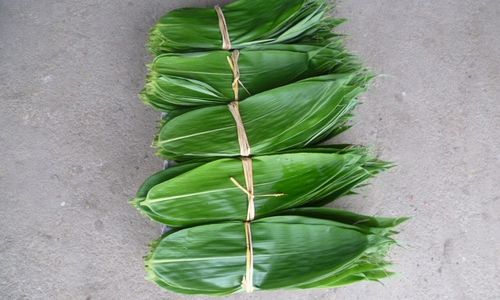
The art of making zongzi, a traditional Chinese food often associated with the Dragon Boat Festival, is a delightful blend of culinary skill and cultural heritage. Zongzi, which are sticky rice dumplings wrapped in bamboo leaves and filled with various ingredients, are not only a delight to eat but also a symbol of unity and reverence for ancestors. However, one of the most frustrating challenges faced by even the most seasoned zongzi makers can be wrapping the dumplings with bamboo leaves that are too small. This article delves into the intricacies of this challenge, exploring the reasons why leaves might be small, the techniques employed to overcome this hurdle, and the creative solutions that have emerged from the collective wisdom of zongzi enthusiasts worldwide.
Understanding the Issue: Why Leaves Can Be Too Small
Bamboo leaves, the traditional wrapping for zongzi, come in various sizes depending on the species of bamboo, the age of the plant, and the environmental conditions in which it grows. Younger bamboo plants tend to have smaller leaves, while older, more mature plants usually produce larger ones. Seasonal variations also play a role; leaves collected during certain times of the year may be smaller due to environmental stressors such as drought or excessive rainfall.
Moreover, the process of harvesting and preparing bamboo leaves for zongzi making can affect their size. Leaves that are not properly trimmed or dried may shrink during the cooking process, making them inadequate for wrapping. Additionally, the quality of the leaves can vary significantly from one batch to another, even if they come from the same plant.
The Impact of Small Leaves on Zongzi Making
Small bamboo leaves pose several challenges for zongzi makers. Firstly, they can be difficult to handle, as their delicate nature makes them prone to tearing or breaking during the wrapping process. This not only slows down production but also increases waste, as torn leaves cannot be used.
Secondly, small leaves limit the size and shape of the zongzi that can be made. Traditional zongzi are often long and cylindrical, but with tiny leaves, it becomes challenging to achieve this shape without compromising the structural integrity of the dumpling. As a result, makers may be forced to create smaller, more irregularly shaped zongzi, which can affect both their appearance and cooking uniformity.
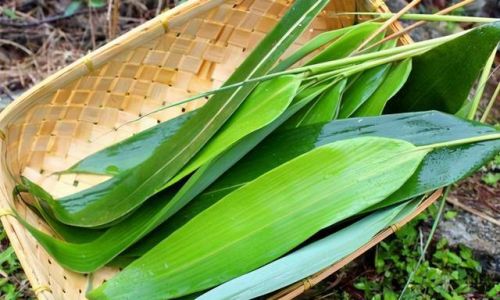
Lastly, small leaves can affect the overall presentation and appeal of the final product. Zongzi are often served as a centerpiece during festivals and gatherings, and their aesthetic value is an important aspect of their cultural significance. Small, misshapen zongzi may not meet the expectations of traditionalists or discerning diners.
Techniques for Overcoming the Challenge
Despite these obstacles, experienced zongzi makers have developed a range of techniques to make the best use of small bamboo leaves. Here are some of the most effective strategies:
-
Selective Harvesting and Preparation
One of the first steps in overcoming the challenge of small leaves is to ensure that only the best quality leaves are used. This begins with selective harvesting, where only leaves from mature, healthy bamboo plants are chosen. Leaves should be collected during optimal times of the year, when they are at their largest and most durable.
Once harvested, leaves must be carefully trimmed and dried to remove any excess moisture and debris. This not only helps to preserve their size but also makes them more flexible and easier to work with. Proper storage is also crucial; leaves should be kept in a cool, dry place to prevent them from shrinking or molding.
-
Innovative Wrapping Techniques
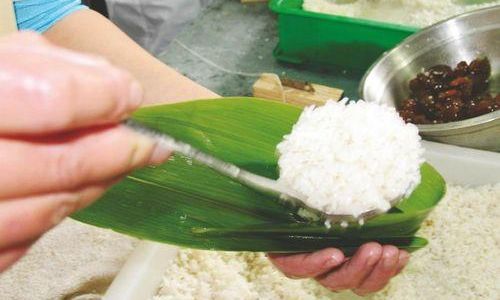
With small leaves, traditional wrapping techniques may not be feasible. Instead, zongzi makers have developed innovative methods to maximize the use of available leaf material. One common approach is to overlap multiple leaves to create a larger wrapping surface. This requires precision and patience, as the leaves must be carefully aligned and secured to prevent leakage during cooking.
Another technique is to fold the leaves in a specific way that creates pleats or pockets, allowing for more filling to be enclosed within a smaller leaf area. This method requires a high degree of skill and practice, but it can produce beautifully shaped zongzi even with tiny leaves.
-
Using Alternative Wrapping Materials
For those who find the challenge of working with small bamboo leaves too daunting, alternative wrapping materials may be considered. Some zongzi makers use lotus leaves, banana leaves, or even corn husks as substitutes. These materials have their own unique flavors and textures, which can add a new dimension to the final dish.
However, it’s important to note that alternative wrapping materials may require different handling techniques and cooking times. Therefore, it’s advisable to experiment with small batches before committing to a larger production.
-
Adjusting the Zongzi Recipe
Another way to adapt to small leaves is to adjust the recipe itself. By reducing the amount of filling or using ingredients that are more compact, it’s possible to create smaller, more manageable zongzi. This approach may not be suitable for traditionalists who prefer larger, more filling dumplings, but it can be a practical solution for those working with limited leaf resources.
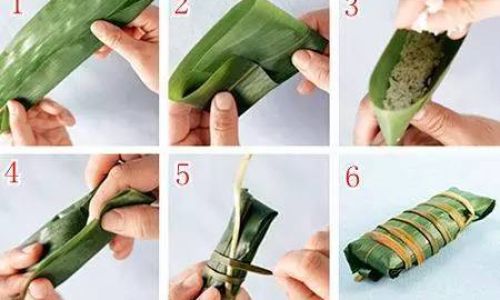
-
Leveraging Technology and Tools
In recent years, technology has played an increasing role in the world of zongzi making. From specialized molds to automated wrapping machines, there are now a variety of tools and devices designed to make the process easier and more efficient. While these innovations may not directly address the issue of small leaves, they can certainly help to streamline the production process and reduce waste.
Creative Solutions from Around the World
The challenge of wrapping zongzi with tiny leaves has inspired a wealth of creative solutions from zongzi makers around the world. In some regions, for example, makers have developed unique wrapping techniques that incorporate additional layers of rice or filling to create a more stable structure. Others have experimented with different shapes and sizes of zongzi, creating bite-sized versions that are perfect for sharing or as appetizers.
Some communities have even embraced the challenge as an opportunity for innovation, hosting zongzi-making competitions that showcase the diverse range of techniques and flavors that can be achieved with small leaves. These events not only celebrate the culinary art of zongzi making but also promote cultural exchange and understanding.
Conclusion
In conclusion, the challenge of wrapping zongzi with tiny leaves is a testament to the resilience and ingenuity of traditional food practices. Despite the obstacles, zongzi makers have continued to innovate and adapt, creating a diverse range of solutions that honor the culinary heritage of their ancestors while embracing the possibilities of modernity.
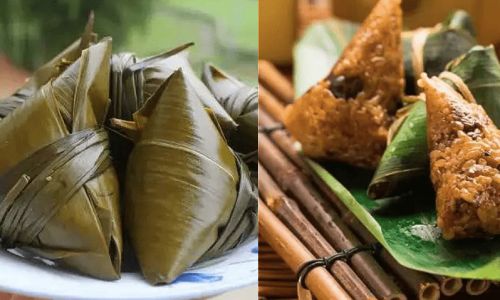
Whether through selective harvesting, innovative wrapping techniques, alternative wrapping materials, recipe adjustments, or leveraging technology, there are countless ways to overcome the challenge of small bamboo leaves. And as the world continues to evolve, so too will the art of zongzi making, with new generations of enthusiasts adding their own unique twists and flavors to this timeless tradition.
In the end, the true essence of zongzi lies not in their size or shape but in the love and care that goes into making them. So, the next time you face the challenge of small leaves, remember that with patience, creativity, and a little bit of practice, you can still create delicious, beautiful zongzi that will be cherished by all who taste them.
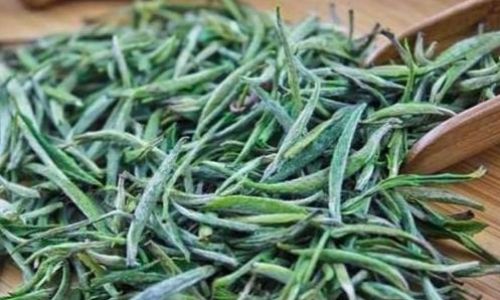

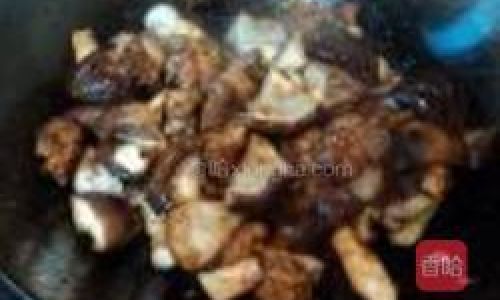

0 comments